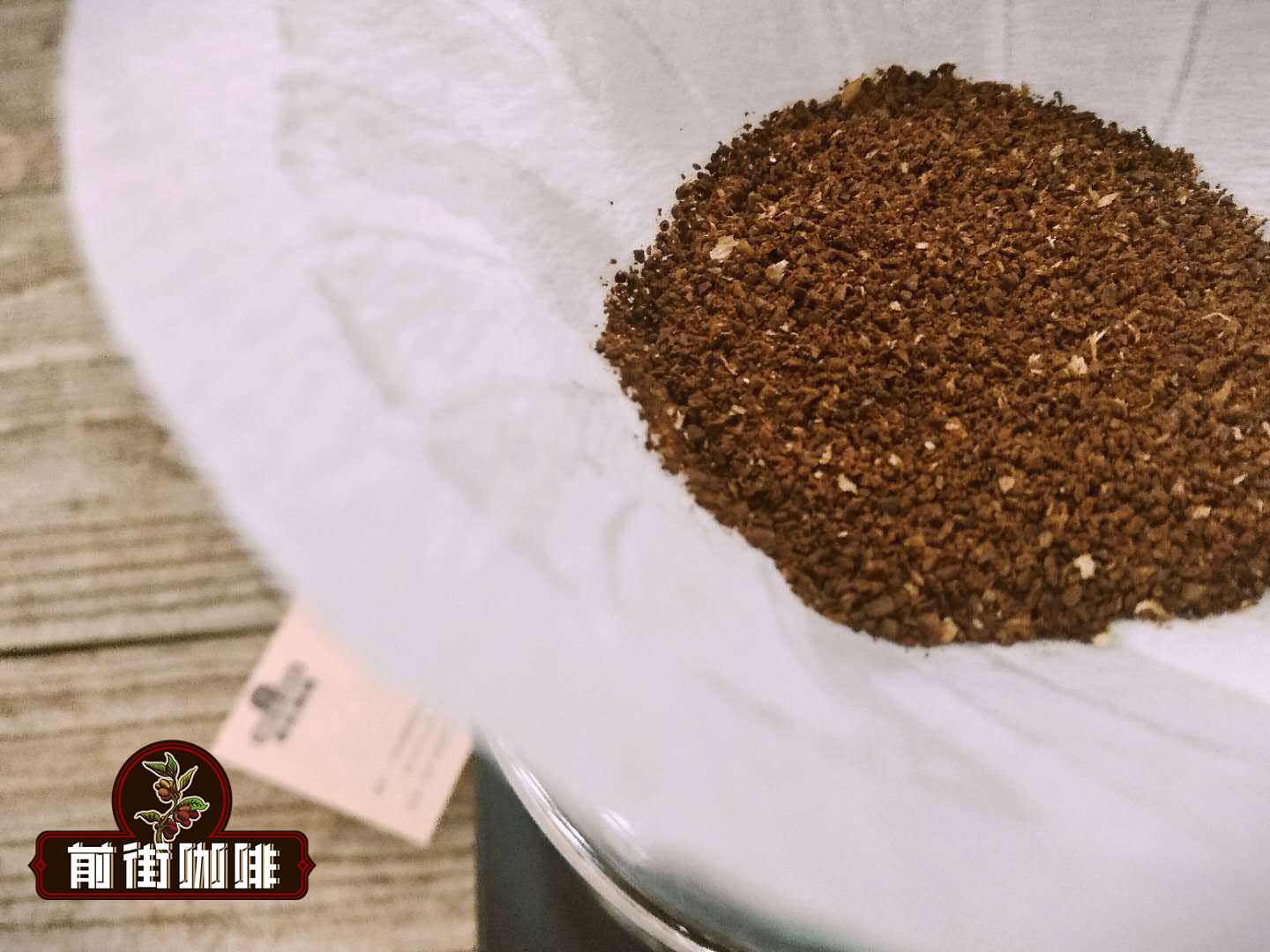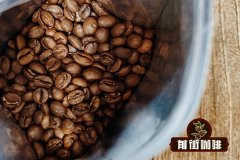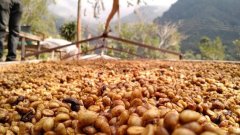Characteristics of coffee producing area in Muraya town of Kenya coffee bean flavor characteristics of Gittika processing plant
Characteristics of producing areas in Mulaya Town
The town of Muraya, which belongs to the central province of Kenya, lies at 1350-1950 meters above sea level. The climate suitable for coffee production and the fertile volcanic soil (clay Nitisol) give birth to about 100, 000 small coffee farmers. Among them, the Gittika processing plant is a processing plant in the Kanyenya-ini cooperative system, about 1700 meters above sea level. A small amount of coffee berries can be harvested from April to September every year, but the main production season is from October to December. The local varieties are mainly SL28 and SL34. After harvest, they are hand-picked by hand, and the unripe or overripe berries are screened out before entering the treatment process.
Coffee berries have different buoyancy in water because of their different density. In the Gittika treatment plant, when the surface berries are removed at the beginning, they are fenced down by three different height baffles in the canal according to different densities, so they are divided into three grades. Beans of grade 1 P1 and 2 P2 are fermented in shade for 16 to 24 hours in batches, while beans of grade 3 P3 are considered inferior. The fermented beans will be washed again and separated according to density, placed in a water-filled channel for 16-18 hours, and then dried directly in sunlight on the drying bed frame.
In addition, it is worth mentioning that the reason why this bean has such a unique flavor is that Mulaya's soil is mainly Nitisol, which is mainly formed in the terrain near the steep slope of volcanoes, and its nutrient-rich physical properties are very suitable for growing all kinds of crops. in addition to coffee, clay also gives birth to many tropical crops such as cocoa and rubber trees. It is also the kind of soil with the highest nutrient content in the humid tropical soil.
Gittika processing plant Githiga
The Gittika processing plant is located in the muranga area of Yamuraya, Zhongken. Mulaya muranga is close to Nieri province, so the flavor of coffee is very similar, strong, rich and rich. Most of the producers in this area are small coffee farmers, with about 200 coffee trees on each farm. These coffee farmers are listed under the cooperative, which plays an integrated role in providing washing plants where coffee cherries are sent to the factory for raw bean processing. Competition in this area is fierce, and many farms are surrounded by several washing plants, so coffee farmers are free to choose which plant to send their coffee cherries to.
Grade AA of Gittika treatment Plant, Muraya Town, Kenya
Kenya Murang'a Githiga
■ countries: Kenya (Kenya)
■ producing area: Muraya town (Muranga)
■ producer: Kanyenya-ini Cooperative
■ processing plant: Gittika processing plant (Githiga)
■ altitude: 1700 m
■ level: AA level
■ varieties: SL28 and SL34
■ treatment: washing
■ flavor: plum tomato honey, red wine acid value unrestrained and distinct taste calm and thick, creamy and smooth, maltose mixed with sweet peach finish

Important Notice :
前街咖啡 FrontStreet Coffee has moved to new addredd:
FrontStreet Coffee Address: 315,Donghua East Road,GuangZhou
Tel:020 38364473
- Prev

Description of flavor characteristics of Ethiopian Hovsa coffee beans introduction to the taste of Yega Xuefei slow sun-cured coffee beans
The flavor of Hofsa Village in Ethiopia has 12 standard fermentation buckets in the Hofshah Village Lu treatment Plant (hafursaHarustation), and the treatment method is in accordance with international regulations. There are more than 160 dry bedsteads with their own codes. With these codes, you can control and track the location.
- Next

Yega Shirley Felix Coffee Bean processing Plant featuring Red Cherry Project Coffee beans
Rico Coffee Bean processing Plant is located in the town of Cochel, which is in the Yega Sheffield area, and because of this, its coffee has a charming floral flavor. The name Reko comes from the steep Reko mountain on the Cochel hill. Reko has the meaning of challenge in the original text of Ethiopia. It brings out the meaning that it is not easy to climb Mount Reko.
Related
- Beginners will see the "Coffee pull flower" guide!
- What is the difference between ice blog purified milk and ordinary milk coffee?
- Why is the Philippines the largest producer of crops in Liberia?
- For coffee extraction, should the fine powder be retained?
- How does extracted espresso fill pressed powder? How much strength does it take to press the powder?
- How to make jasmine cold extract coffee? Is the jasmine + latte good?
- Will this little toy really make the coffee taste better? How does Lily Drip affect coffee extraction?
- Will the action of slapping the filter cup also affect coffee extraction?
- What's the difference between powder-to-water ratio and powder-to-liquid ratio?
- What is the Ethiopian local species? What does it have to do with Heirloom native species?

